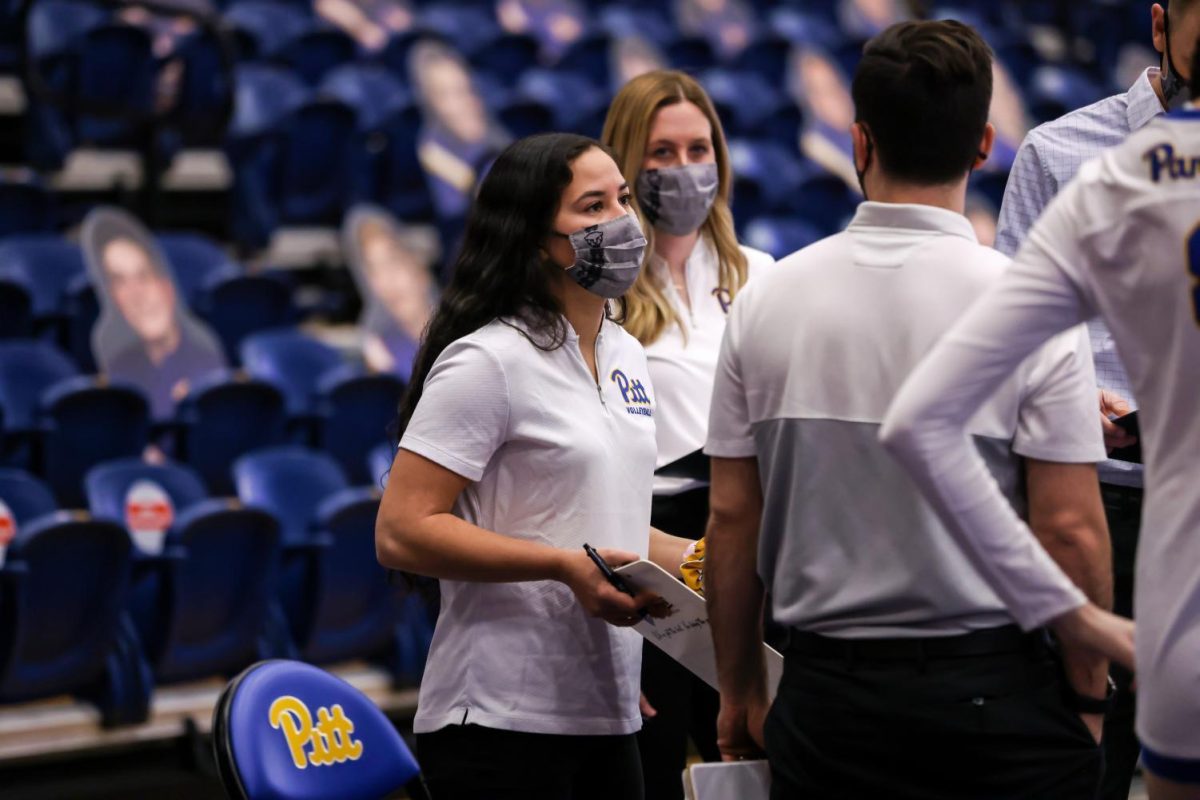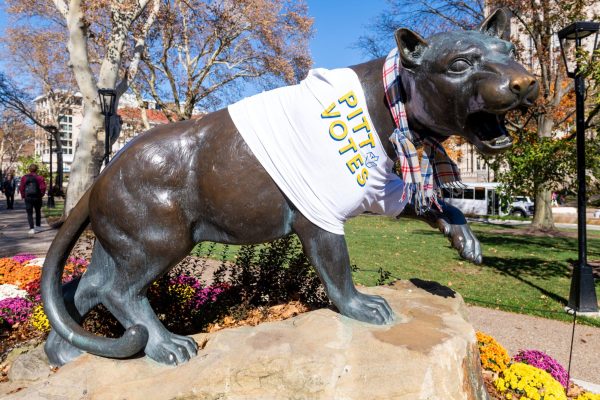A fool-proof guide to studying for finals
April 2, 2015
Bragging on Facebook about how you’re a procrastinator isn’t going to help you get an A on that statistics final in two weeks. Cut the jokes, and create a plan to get the grade you want.
1) Consider where you’re going to study.
The most common study destination is Hillman Library, which accommodates up to 2,000 of the more than 18,000 undergraduate students at Pitt. That said, it’s tough to nab a spot. If you are lucky enough to find a place to sit, be wary of procrastinating — one trip to the Cup and Chaucer Café could leave you socializing with everyone you’ve met here at Pitt.
If you actually want to start studying and don’t want to procrastinate with the rest of the student body, book a study room ahead of time at www.library.pitt.edu, or check out the silent study fourth floor.
2) Reconsider that study spot.
Everyone knows about Hillman and the Cathedral — that’s why they fill up so fast. Instead, try out one of the many hidden study spots in the Union. The ninth floor lounge or even the third floor holds promise with whiteboards and big study tables. Similarly, many students don’t know about the two-floor study lounge at the top of Thackeray Hall.
Once you secure that spot, don’t let it go. Strange as it may be, I have a friend who brings an air mattress to stake his claim. Be territorial.
3) Decide what sort of work space you need.
According to a 2013 study by Psychological Science, messy workplaces lead to increased creative output and generation of more interesting ideas. A tidy workplace, on the other hand, can lead one to make healthier choices and behave more conventionally. If you have to work on a group project or write a final essay, don’t shy away from messiness.
4) Don’t fight the urge to nap.
Either take a 20-minute power nap, or plan to sleep for a full 90 minutes. According to Helpguide.org, a 90-minute nap will give the greatest boost in energy, because your body will complete a sleep cycle, which takes about 90 minutes. Napping for more than 20 minutes, but fewer than 90, can put you at risk for falling into a deep sleep, causing grogginess or disorientation.
5) Or do.
It turns out a quick stop to Dunkin’ Donuts, Starbucks or any of the coffee carts on campus is justified. Adenosine is a chemical in the brain that binds to receptors and slows down nerve cell activity, making you sleepy. Caffeine binds to adenosine receptors and blocks the adenosine from binding. Nerve cell firing increases, which causes the body to release adrenaline. Then, your heart rate increases, muscles tighten and liver releases sugar into the bloodstream for extra energy.
6) Snack like a genius.
Since you’re up and about, grab a quick snack so that you can stay full and focused. Foods like walnuts, avocados and dark chocolate promote increased oxygen-carrying blood flow to the brain and thereby stimulate brain activity.
If you’re not hungry, chewing gum increases blood flow to the brain via mastication-induced arousal. This basically means that chewing gum warms up the brain and helps with memory and thinking processes. If you chew a certain type of gum while studying, chew the same flavor while taking the exam — your brain will more easily recall what you’ve studied.
So, once you’ve popped in that stick of gum and completed these pre-studying procedures, sheer terror at the amount of time you’ve lost to procrastinating will send you charging through finals week like a total studying savage. Godspeed my friends.
Anna Tomani primarily writes about college and social issues for The Pitt News.
Write to Anna at [email protected].







